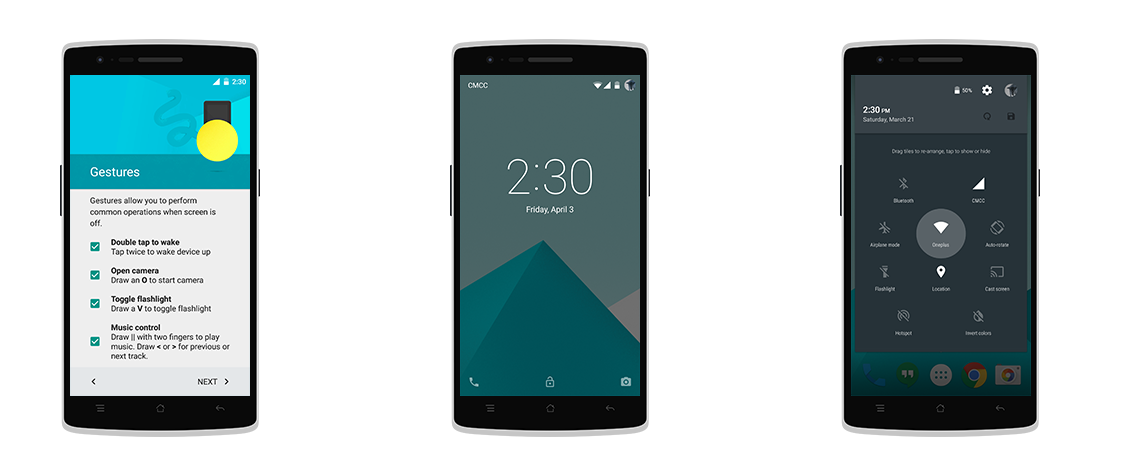Oxygen OS: Everything you need to know
A fork from Android Lollipop, but will it breathe life into smartphone market


Oxygen OS has come to the fore in recent months as an alternative OS for the OnePlus smartphones. But what is it and when will it be available?
The OS is a fork of the Android 5.0 Lollipop OS for the OnePlus One phone. The OS came about after a split between OnePlus and Cyanogen. Previously, Cyanogen provided the operating system for the OnePlus One phone.
This relationship came to an end after Cyanogen struck an exclusive deal with India's Micromax to provide the Cyanogen OS for that smartphone maker. This meant that OnePlus had no choice but to make its own variant of Android, which it released in April, primaroly to avoid locking itself out of the lucrative Indian market.
Oxygen is set to be the default operating system for the forthcoming OnePlus Two, but it can also be installed to its predecessor.
How to download and install Oxygen OS
While the OnePlus One can update over the air (OTA) to Cyanogen OS 12, Oxygen has to be installed manually. There are detailed instructions on how to do this on the official OnePlus website. You will have to back up any data prior to flashing the ROM as the process will clear all data from the device.
Alongside the OS is a feedback app that sends comments back to Oxygen OS developers to help shape future versions of the OS. The Oxygen OS ROM can be downloaded from here.
What's new in Oxygen OS?
There are three core areas of the new OS; gestures, customisation and quick settings.
Sign up today and you will receive a free copy of our Future Focus 2025 report - the leading guidance on AI, cybersecurity and other IT challenges as per 700+ senior executives
Gestures are Oxygen OS's way of providing an alternative method of input. The feature was initially available on Oppo's Color OS and adopted in Cyanogen OS 11. You can draw on the screen to launch apps quickly, such as the flashlight or camera. Users can draw an "O" to open the camera or a "V"to switch on the flashlight.
Customisation is a reccurring theme within Oxygen OS. Users can toggle between software and hardware navigation buttons as and when they wish. Moreover the whole user interface can be tweaked to the user's liking. The OS also comes with a built-in file manager app.
Settings can be quickly configured, and are found in the notification dropdown menu. This allows the rearranging of old settings the addition of new ones by dragging them around the user interface.
That said, Oxygen OS comes across as more of a stock version of Lollipop than Cyanogen, but this may make it more appealing to the casual user.
Should I get Oxygen OS or Cyanogen OS 12?
While Cyanogen OS is more established, Oxygen OS is likely to improve in time. Whether it is worth flashing a smartphone for is another matter.
Rene Millman is a freelance writer and broadcaster who covers cybersecurity, AI, IoT, and the cloud. He also works as a contributing analyst at GigaOm and has previously worked as an analyst for Gartner covering the infrastructure market. He has made numerous television appearances to give his views and expertise on technology trends and companies that affect and shape our lives. You can follow Rene Millman on Twitter.
-
 UK government confirms October cyber breach: Everything we know so far
UK government confirms October cyber breach: Everything we know so farNews Details around Foreign Office hack remain sparse and government says it's unclear who is behind the attack
-
 Data center investment reached a record $61 billion this year
Data center investment reached a record $61 billion this yearNews Hyperscaler expansion, private equity interest, and a surge in debt financing are behind skyrocketing investment levels
